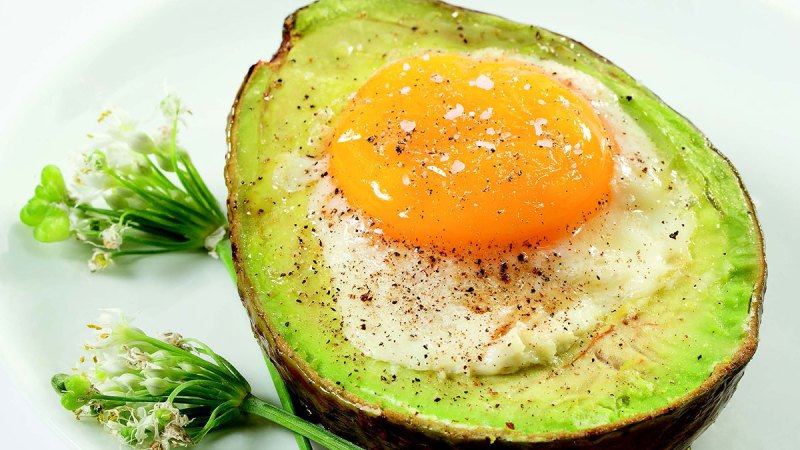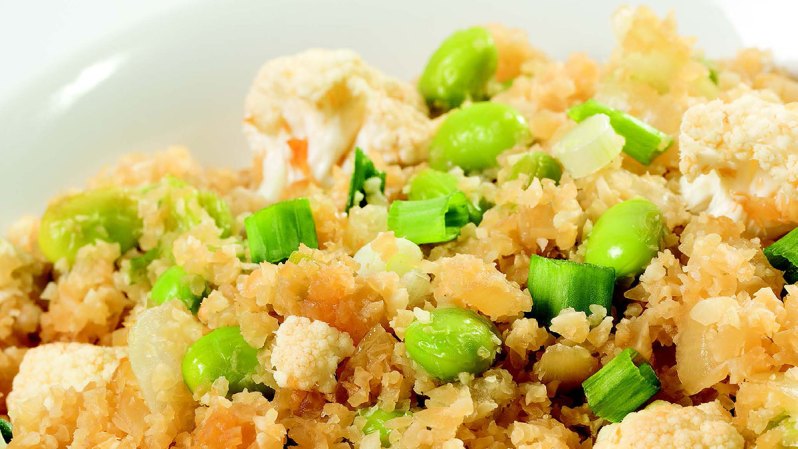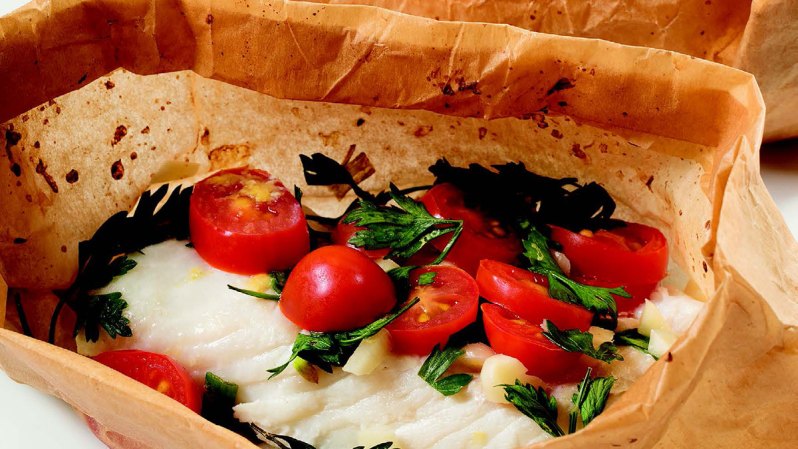
That’s a startling fact Susan Bratton learned firsthand as she watched a close friend waste away, unable to eat because of mouth sores and difficulty swallowing, side effects of his cancer treatment. At the time, there was no real solution for him. It was his death that prompted Bratton to give up her Wall Street job and find one. Bratton teamed up with certified oncology nutritionist (CSO) Jessica A. Iannotta to create Savor Health, a revolutionary resource for cancer patients and caregivers.
Savor Health provides nutritional counseling through a team of oncology credentialed registered nurses and dietitians, a wealth of research and guidance about things like meal plans, fitness, good snacks, and even eating out, and offer a meal delivery service of delicious, healthy meals customized to the patient.
They also have a fantastic cookbook out called The Meals to Heal, full of 150 recipes designed specifically with cancer patients in mind: healthy food, easy to make, easy to digest, and foods that will help combat a wide range of side effects.
And we’re not talking bland food you have to choke down for the sake of health. These are comforting, flavorful foods: things like Cilantro Chicken Fajitas, Chocolate Raspberry Pudding, Linguine “Presto” with Tomatoes, Basil, and Garlic, a hearty one-dish dinner. The book also has sauces like Tomato Habanero Salsa, and Coconut Curry. People with specific dietary restrictions, like vegan and vegetarians, have an abundance of options. Better yet, the recipes can be made in around 30 minutes or less. Frankly, cancer or no, we should probably all be eating from this book.
Jessica Iannotta, the COO of Savor Health and co-author of The Meals to Heal, was kind enough to chat with us.

Are all healthy foods not created equal when it comes to nourishing cancer patients?
Each healthy food has its own unique qualities and benefits. What is most important when it comes to nourishing cancer patients is to make sure the recipes and foods are customized to help manage and mitigate their treatment side effects and symptoms. For example, if the patient has mouth sores (as described above), it is important to choose not only healthy and nourishing foods, but also make sure that they don’t have a lot of hot spices and which are soft in consistency. In this example, steamed or roasted broccoli with chili peppers would be a healthy bad choice because it would irritate mouth sores. However, one could mash the steamed broccoli and it would be appropriate for someone with mouth sores.
How do you think diet and cancer are related?
The foods you consume have a direct link to certain types of cancer. In fact, obesity has been linked to at least 11 different types of cancer, including breast and prostate cancers. Additionally, there is strong research that shows certain foods cause cancer while other foods have a protective effect. For example, red meat and processed meats (bacon, sausage, hot dogs, etc.) has been shown to increase the risk of colon cancer and whole grains and dietary fiber decreases the risk. Studies show that following a mostly plant based diet, high in fruits, vegetables, whole grains, and legumes can be protective against certain types of cancer. Following this Mediterranean style diet, along with regular physical activity, helps maintain a healthy weight, therefore decreasing the risk of cancer and other chronic conditions, such as heart disease and diabetes.

Interestingly, the cookbook talks about certain foods that chemo patients should avoid—are there foods that directly conflict with chemotherapy?
Some foods can interact with certain types of chemotherapy. A number of oral chemotherapy agents suggest patients avoid grapefruit and grapefruit juice, which can interfere with the absorption of the chemotherapy, therefore decreasing how well the chemo works. Furthermore, other oral agents recommend you take the drug on an empty stomach to prevent any interactions. For example, Procarbazine, a type of chemotherapy drug commonly used for Hodgkin’s lymphoma, can interfere with foods high in tyramine, such as aged cheese, pickled and processed meat and fish, and gravy. Taking the drug with these foods can result in serious complications. For most chemotherapy regimens, however, it is recommended to follow a protein rich diet, high in fruits, vegetables, and whole grains. Prior to starting any cancer treatment, it is recommended to speak with a medical oncologist or oncology certified Registered Dietitian about any food interactions and recommendations.

On each recipe in the cookbook, it lists the specific side effects this recipe is good for. How did you determine the best recipes or foods for each side effect?
Jessica is an oncology registered dietitian and, based on her training, which includes a Masters Degree in nutrition, over 2,000 clinical hours in oncology nutrition and successfully passing a national certification exam in oncology nutrition, we selected recipes with ingredients and formulations that have been shown to manage and help mitigate up to 12 common side effects of cancer treatment. There is a lot of research that shows, for example, foods that are not spicy and which are soft in consistency do not irritate the mouth sores that are common to many cancer treatments. Or, for example, research shows that high fiber, high water content foods help reduce the constipation that is common with cancer pain medications.
Are these recipes good for people going through any illness, or is the science behind it really focused on cancers?
These recipes are based on the principles of the Mediterranean Diet and, as such, are appropriate for anyone going through illness or who is well. We took this approach because the Mediterranean Diet has proven health benefits for many common chronic conditions including cancer, heart disease, and diabetes and obesity. This diet offers a bounty of healthy fruits and vegetables, lean proteins, whole grains and legumes, which not only provide adequate nutrients for people with and without disease but also reduce their risk of developing disease. From that point, we then customized the


